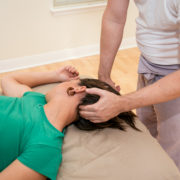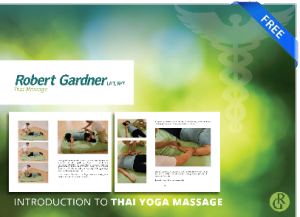How Do We Improve Yoga or Thai Massage?
I’ve been dealing with these concepts for years and I can speak on it extemporaneously for hours. I fell into two traditions. Traditions of which I mostly hold no direct lineage.
I love Iyengar and his yoga but I’ve only ever taken one specific class though many of the classes I’ve taken and teachers I’ve studied with have more knowledge of his alignment.
Thai massage has a lineage and my teacher studied with some teachers in Thailand but she never made a big deal out of it nor have I. Pichest Boonthumme is represented as is Chaiyuth Priyasith but I’ve never set foot in their country of origin.
To be able to study overseas you need lots of disposable income and the capacity to travel the bulk of which I’ve not been able to afford. I continue to study as I can with whoever comes near and ask questions the frazzle everyone’s brain.
Recently Jason Crandell came to Austin and I was fortunate enough to take a single class of vinyasa with him. In him I found what I’d been hoping his instagram posts would show me.
I’ve no wish to speak for him, which is why I link him here, but he said what I’ve been saying for years to students who actually listened. Yes we honor the foundation of the practice. We do that by updating it making it safer exploring it’s depth and giving it a modern twist that is uniquely our own.
You’d be surprised how controversial that idea is.
Jason ran me through vinyasa. It was hard to keep up. I mention in this video briefly how he tried to kill me. 🙂
I’ve gotten softer having a less fiery practice but in the middle of all that breathing moving sweating and trying to keep up I heard what I admire. He’s just trying to give his students his questions. He’s helping them move along and encouraging exploration. He’s actually asking questions about anatomy safety physiology and pain science.
In other words it’s a near mirror example of my path over the years except I approach it a bit more from a massage therapist’s perspective.
It’s hard to express what it felt like to have some weight taken off as usually I’m nearly alone in a community that doesn’t understand the larger discussion I’m having. Having some focus on Jason for a few hours while I could sweat and breathe and slowly feel like I was going to expire was actually psychically relieving.
His message isn’t revolutionary to me but with two distinct asian traditions people often associate with religion people get very testy very quickly if you try to remove the cultural background and figure out how to use those tools to help people in the west. I’ve done this myself on two fronts. Both communities the yoga community and the massage communities have left me a near pariah for 17 years.
I don’t fit anywhere.
I was glad that at least for a few hours I could still my mind and listen to another teacher that I respected. Jason if you read this I’d love to do an interview or podcast with you. I’d love to talk Thai massage and yoga and the connections between the two. I suspect we’ve come to very similar ideas from different paths and angles.


